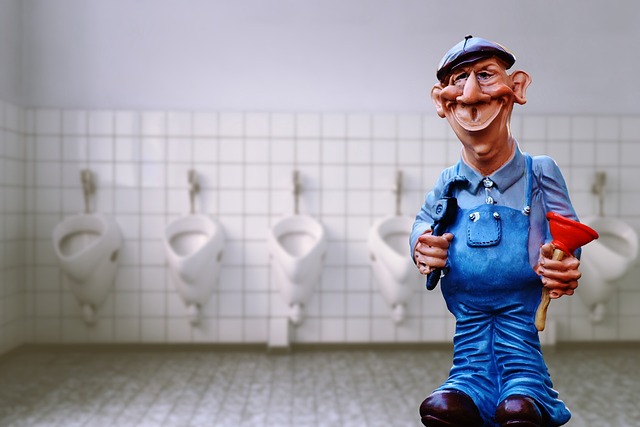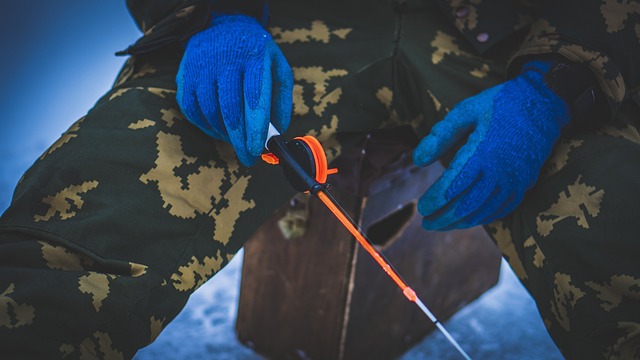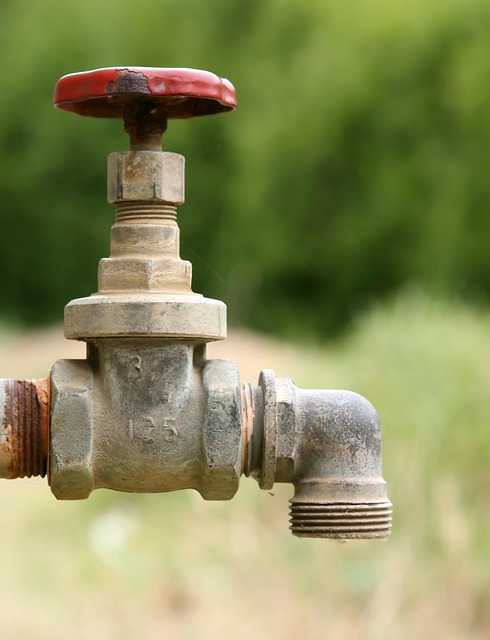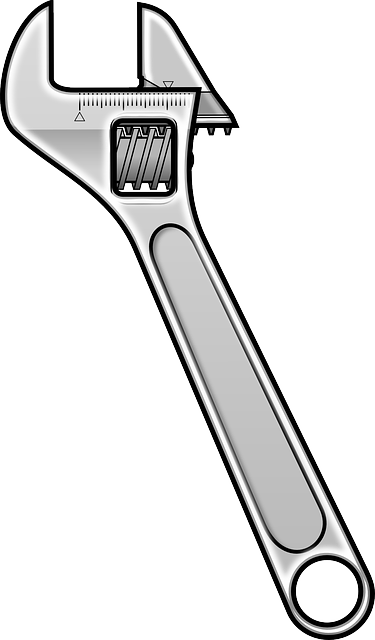Backflow prevention devices are critical plumbing components that prevent contaminated water from entering main supplies. Plumbers install, maintain, and test these devices, which are crucial in scenarios with potential water quality degradation or non-potable sources. Regular testing identifies leaks, wear, or malfunctions early, ensuring system integrity and occupant health by preventing contaminated water entry. Plumbers use specialized equipment to simulate different scenarios, verifying device effectiveness. They face challenges like accurate readings and varying regulations, overcoming them through meticulous connections, calibrated equipment, regular calibration, thorough documentation, and ongoing training.
As a plumber, ensuring water safety is paramount. This involves understanding and testing backflow prevention devices (BPDs), crucial components in preventing contaminated water from flowing back into potable supplies. This article delves into the world of BPDs from a plumber’s perspective, covering testing procedures for effective implementation, common challenges, and troubleshooting tips. Mastering these aspects empowers plumbers to deliver reliable, safe water systems.
- Understanding Backflow Prevention Devices: A Plumber's Perspective
- Testing Procedures for Effective Implementation
- Common Challenges and Troubleshooting Tips for Plumbers
Understanding Backflow Prevention Devices: A Plumber's Perspective

Backflow prevention devices are critical components in any plumbing system, designed to stop contaminated water from flowing back into the main supply. From a plumber’s perspective, understanding these devices is paramount for ensuring safe and efficient water distribution. These mechanisms are particularly important in scenarios where there’s a risk of water quality degradation, such as in areas with potential contamination or when connecting non-potable water sources to the main system.
Plumbers play a vital role in installing, maintaining, and testing these devices to guarantee they function correctly. Regular backflow prevention device testing is essential, as it helps identify any leaks, wear, or malfunctions early on. This proactive approach not only ensures the integrity of the plumbing system but also safeguards the health and well-being of occupants by preventing contaminated water from entering their supply.
Testing Procedures for Effective Implementation

When a plumber performs backflow prevention device testing, they ensure that water systems remain safe and protected against potential contaminants. The process involves several key steps to guarantee accuracy and effectiveness. Initially, the plumber inspects the existing devices for any signs of damage or wear, ensuring they are in good working condition. This includes checking for proper sealing, functionality, and compliance with local regulations.
Subsequent to the inspection, the plumber carries out diagnostic tests using specialized equipment. These tests verify the device’s ability to prevent backflow by simulating various scenarios. By examining pressure differentials and water quality, the plumber can identify potential leaks or weaknesses in the system. This proactive approach not only ensures the effective implementation of backflow prevention but also safeguards against costly repairs and health hazards associated with contaminated water.
Common Challenges and Troubleshooting Tips for Plumbers

Plumbers often face common challenges when performing backflow prevention device testing. One of the main hurdles is ensuring accurate readings and identifying potential flaws in the devices, as even minor discrepancies can lead to serious safety issues. Another challenge lies in maintaining compliance with local regulations, which vary across regions, requiring plumbers to stay updated on specific testing protocols.
Troubleshooting tips for plumbers include double-checking connections for any leaks or loose fittings, using calibrated test equipment to verify pressure differentials, and regularly calibrating measurement tools. Additionally, documenting each test result thoroughly can help in tracking device performance over time. Regular training and staying informed about industry standards are also crucial for plumbers to overcome these challenges effectively.
Backflow prevention devices are essential components of any plumbing system, ensuring water quality and safety. By understanding these devices from a plumber’s perspective and implementing effective testing procedures, professionals can navigate common challenges with ease. Armed with the right knowledge and tools, plumbers play a vital role in maintaining healthy and secure water supply systems, making them true guardians of our aquatic landscapes.
